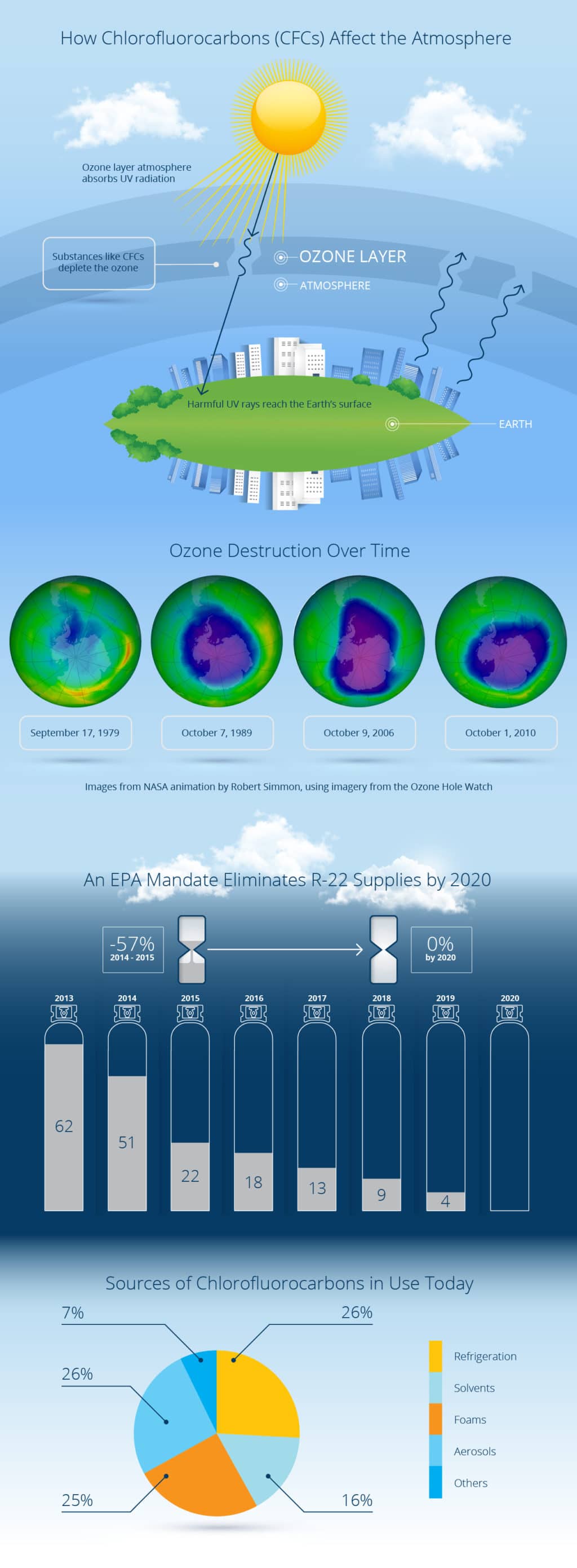Figure Out How To Enhance The Effectiveness And Life-Span Of Your Heat Pump System By Avoiding Standard Installment Blunders
Figure Out How To Enhance The Effectiveness And Life-Span Of Your Heat Pump System By Avoiding Standard Installment Blunders
Blog Article
Material Author-Vind Gillespie
When installing a heat pump, you should steer clear of common mistakes that could endanger its effectiveness. Ignoring correct sizing may cause inefficiencies and higher energy prices. Ignoring insulation and securing might result in energy wastage and pressure on the system. Furthermore, placing the exterior unit incorrectly may impact its performance. By staying clear of these errors, you can guarantee optimum working and resilience of your heat pump system.
Improper Sizing of Heat Pump
When it involves the setup of heatpump, among one of the most usual errors is improperly sizing the device for your space. Making sure the ideal size is essential for ideal performance. If the heatpump is too tiny, it will certainly battle to warmth or cool your area effectively, bring about boosted energy costs and prospective damage on the device.
On the other hand, if the heat pump is also huge, it will cycle on and off regularly, creating temperature level changes and lowering its life expectancy.
To prevent this mistake, it's important to have a professional examine your room and suggest the proper dimension of the heat pump based upon factors like square video, insulation, ceiling height, and regional climate. By spending the time and initiative to make sure the correct sizing, you can appreciate a comfy environment while making best use of energy performance and prolonging the life expectancy of your heatpump.
Inadequate Insulation and Sealing
To make certain the effective operation of your heatpump, it's critical to deal with insufficient insulation and sealing in your space. Proper insulation aids preserve a consistent temperature level inside, lowering the work on your heat pump. https://www.washingtonpost.com/home/2021/10/12/home-services-wasting-money/ can cause power loss, making your heatpump job harder and less successfully.
Sealing any gaps or leakages in your room is similarly vital. These voids allow conditioned air to run away and outdoor air to permeate in, compeling your heat pump to compensate for the temperature changes.
Incorrect Placement of Outdoor Device
Addressing the positioning of your heatpump's outside unit is vital to optimizing its performance. Setting up the outdoor unit in an incorrect place can result in effectiveness issues and prospective damages to the unit.
One typical blunder to stay clear of is placing the exterior unit too near to a wall surface or various other structures. air conditioner repair christchurch can restrict air movement, creating the system to work more difficult to warm or cool your space, ultimately decreasing its efficiency and life-span.
An additional mistake to steer clear of is putting the outside unit in straight sunshine. While ducted air conditioning installer is inescapable, too much direct exposure can cause overheating, especially throughout warm summer season days. It's ideal to place the outside system in a shaded area to help maintain its optimum operating temperature level.
Additionally, see to it that the outside device is placed on a stable and degree surface area. Irregular ground can trigger vibrations and unnecessary strain on the unit, influencing its performance with time.
Verdict
Finally, preventing typical mistakes throughout heatpump installment is crucial for making the most of effectiveness and durability of your system. By ensuring correct sizing, appropriate insulation, sealing, and right placement of the outside system, you can stop problems such as inefficiencies, raised energy bills, and pressure on the system. Taking the time to attend to these crucial aspects will ultimately save you money and time in the long run.
